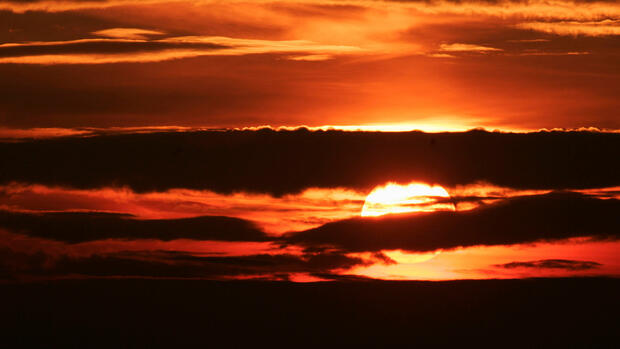The increased concentration of aerosols in the stratosphere would refract more light during sunsets and create a colorful sky.
(Photo: IMAGO/Zoonar)
Dusseldorf In Indonesia, the Tambora volcano shoots a column of flames, rocks and ash into the sky. Sulfur dioxide escapes and forms a cloud around the globe, blocking out sunlight for an entire year. It’s getting cold on the planet. 1816 is also called “the year without a summer”. In Europe there are crop failures, floods and famine.
Such volcanic eruptions provide data for Ulrike Niemeier. At the Max Planck Institute in Hamburg, the scientist opens a window on her computer screen, types in a few numbers and presses enter. The program shows her a table. Niemeier opens a world map. A red, spiral cloud moves on the map. It turns green, spreads across the Northern Hemisphere and disappears.
Read on now
Get access to this and every other article in the
Free online and in our app for 4 weeks.
Further
Read on now
Get access to this and every other article in the
Web and in our app.
Further
